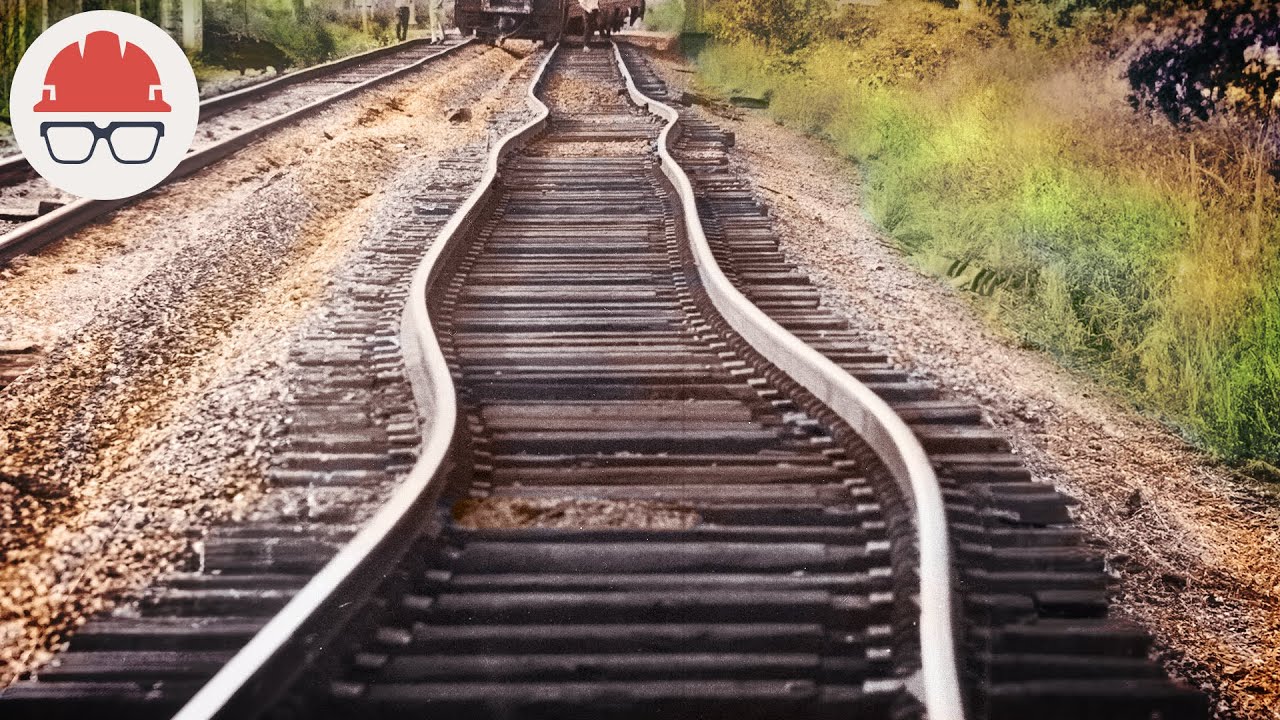If not restrained, a steel railroad rail one kilometre long would expand around 50 centimetres between 0° and 40°C. Traditional jointed track, made of sections around 20 metres long, had small gaps between individual rails to allow for thermal expansion on hot days. Steel wheels rolling over these gaps were the source of the “clickety clack” of trains running on these rails. Continuous welded rail joins long rail sections with welding, ground down to make a smooth surface where the wheel meets the rail. This reduces noise, wear and tear on wheels and track, and permits higher speeds with less rolling friction. But what do they do about thermal expansion? The tremendous tensile strength of steel is a large part of the solution.
3 Likes
Diagonal tapers are an interesting solution to the endpoint problem. Much as I like the clickety-clack sound on trains, there’s nothing like the smooth ride of welded rails, which I first experienced in Europe in the 1970s.
As an aside, I had a summer job during college at a plant that made rubber compression seals for bridges and roads. Samples of rubber off the line had to be tested for tensile strength, hardness, and other physical properties. Expansion joints remain the solution of choice in these other settings.
2 Likes
